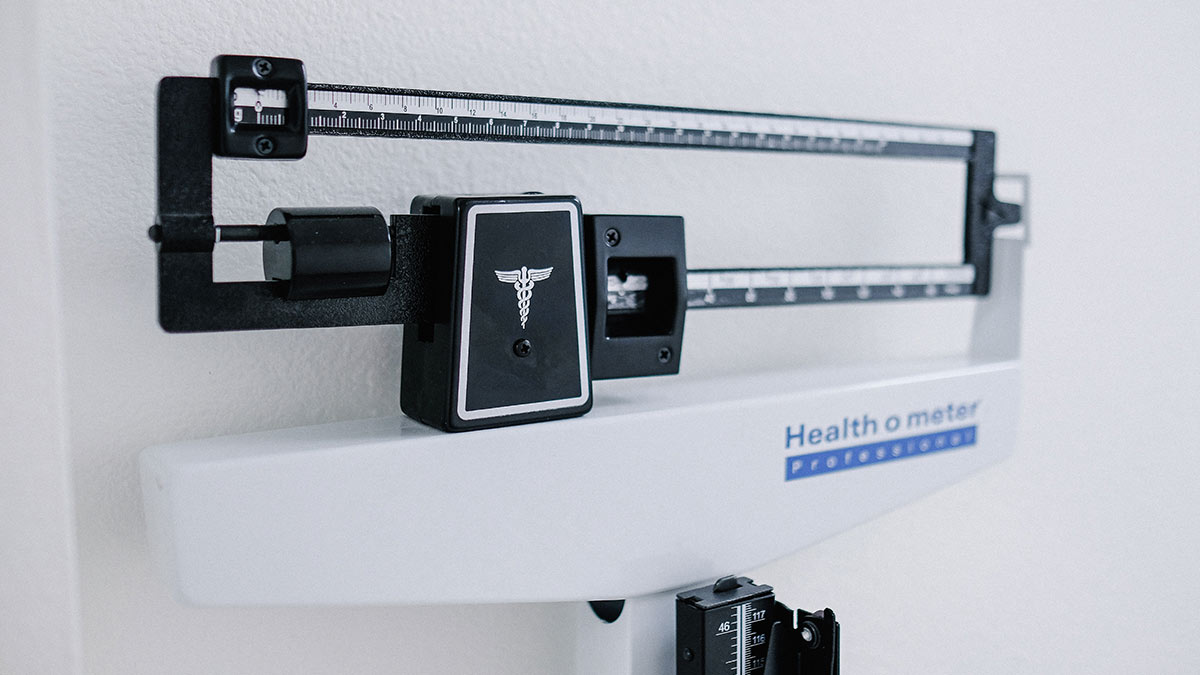As a digital nomad, maintaining a healthy weight while constantly on the move can be challenging. However, intermittent fasting has gained popularity as an effective approach to weight control and overall well-being. Intermittent fasting involves cycling between periods of eating and fasting, and it can be easily incorporated into your travel routine. In this article, we will explore the benefits of intermittent fasting for weight control and provide strategies to make it work seamlessly with your nomadic lifestyle.
1. Understanding Intermittent Fasting
1.1 Different Methods
Intermittent fasting offers various methods, such as the 16/8 method (16 hours of fasting and an 8-hour eating window) or the 5:2 method (eating normally for 5 days and restricting calories for 2 non-consecutive days).
1.2 Fasting and Feeding Windows
During fasting periods, you abstain from consuming calories, while feeding windows allow you to eat your regular meals.
2. Benefits of Intermittent Fasting
2.1 Weight Loss
Intermittent fasting can lead to weight loss by reducing calorie intake and promoting fat burning.
2.2 Improved Insulin Sensitivity
Intermittent fasting may improve insulin sensitivity, which can benefit blood sugar control and reduce the risk of type 2 diabetes.
2.3 Enhanced Cellular Repair
Fasting triggers a process called autophagy, where cells remove damaged components, leading to improved cellular health.
2.4 Mental Clarity
Many individuals report improved mental clarity and focus during fasting periods.
3. Adjusting to Intermittent Fasting on the Go
3.1 Start Slowly
If you’re new to intermittent fasting, start by gradually extending your fasting window to allow your body to adapt.
3.2 Stay Hydrated
Drink plenty of water during fasting periods to stay hydrated and curb hunger.
3.3 Avoid Overeating During Feeding Windows
While intermittent fasting allows you to enjoy your favorite foods, avoid overeating or consuming unhealthy foods during your feeding windows.
4. Meal Planning for Intermittent Fasting
4.1 Balanced Nutrient Intake
Ensure that your meals during feeding windows are balanced, containing essential nutrients like protein, healthy fats, and fiber.
4.2 Portable and Nutrient-Dense Snacks
Pack portable and nutrient-dense snacks like nuts, seeds, and fresh fruits to keep you satiated during your fasting periods.
5. Utilizing Time Zones to Your Advantage
5.1 Adjusting Fasting Windows
Use time zone changes to your advantage by adjusting your fasting and feeding windows to fit your travel schedule.
5.2 Listen to Your Body
Pay attention to your body’s hunger cues and adjust your fasting schedule as needed.
6. Combining Intermittent Fasting with Physical Activity
6.1 Engage in Light Exercise
During fasting periods, focus on light activities like walking or yoga to support your body without exerting too much energy.
6.2 Schedule Workouts During Feeding Windows
Plan more intense workouts during feeding windows when you have adequate energy from your meals.
7. Staying Mindful of Nutrient Intake
7.1 Nutrient-Dense Foods
Choose nutrient-dense foods during feeding windows to support your body’s needs during fasting periods.
7.2 Adequate Protein Intake
Ensure you consume enough protein to support muscle maintenance and repair.
8. Listening to Your Body
8.1 Be Flexible
Intermittent fasting is not a one-size-fits-all approach, so be flexible and adapt it to suit your individual needs and preferences.
8.2 Consult a Healthcare Professional
If you have any underlying health conditions or concerns, consult a healthcare professional before starting intermittent fasting.
9. Maintaining a Healthy Lifestyle
9.1 Balancing Fasting with Enjoyment
Intermittent fasting should enhance your travel experience without causing stress or restriction.
9.2 Embrace Balance
Embrace a balanced approach to food and lifestyle, focusing on nourishing your body and enjoying your nomadic adventures.
Incorporating intermittent fasting into your travel routine can be a beneficial approach to weight control and overall well-being as a digital nomad. Understanding the different methods and the benefits of intermittent fasting empowers you to tailor it to fit your nomadic lifestyle. Gradually adjusting to fasting, staying hydrated, and planning balanced meals are essential strategies for successful intermittent fasting on the go. Utilizing time zones, combining fasting with physical activity, and staying mindful of nutrient intake further enhance your fasting experience. Remember to listen to your body, be flexible, and consult a healthcare professional if needed. Embrace intermittent fasting as a tool to support your weight control efforts while enjoying your nomadic journey to the fullest. As you continue to explore new destinations, intermittent fasting can become a seamless and empowering part of your digital nomad lifestyle.

